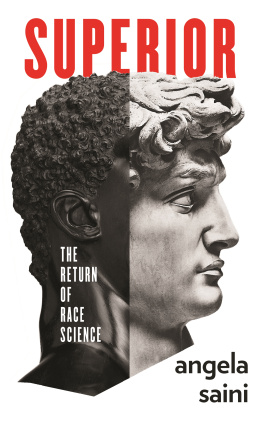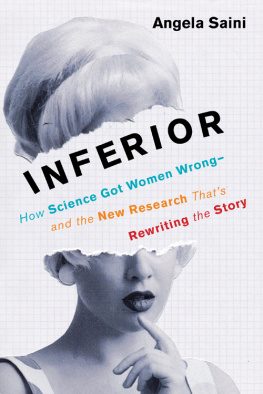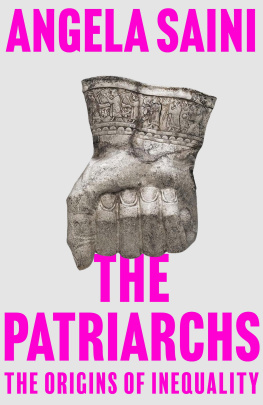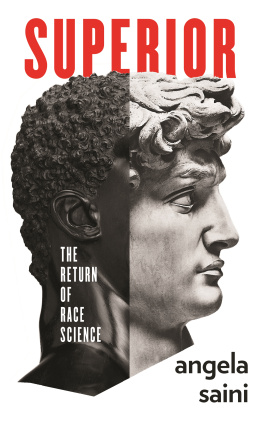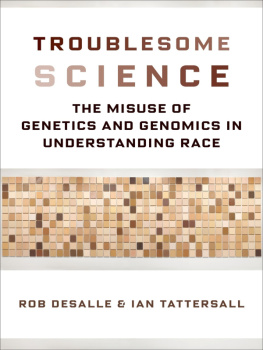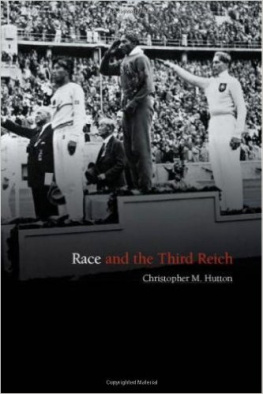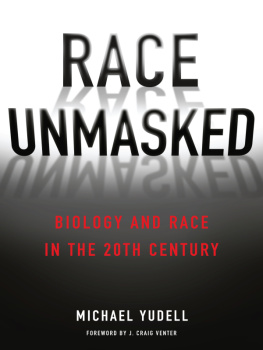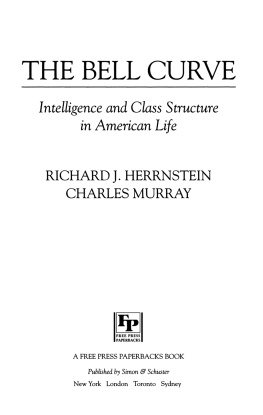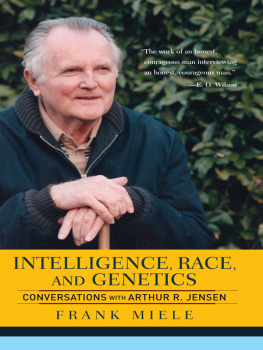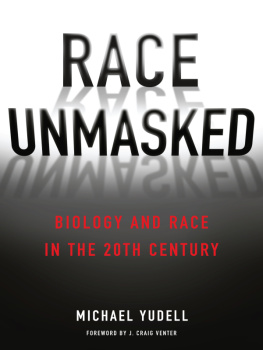Table of Contents
Pagebreaks of the print version
Guide

For my parents, the only ancestors I need to know.
PROLOGUE
In the British Museum is where you can see em The bones of African human beings
English Breakfast by Fun-Da-Mental
Im surrounded by dead people, asking myself what I am.
Where I am is the British Museum. Ive lived in London almost all my life, and through the decades Ive seen every gallery many times over. It was the place my husband took me on our first date, and years later, it was the first museum to which I brought my baby son. What draws me back here is the scale, the sheer quantity of artifacts, each seemingly older and more valuable than the last. I feel overwhelmed by the grandeur of it. But as Ive learned, if you look carefully, there are secrets.
When you arrive for the first time, its almost impossible to notice them, the finer detail obscured by the visitors in a rush to tick off every major treasure. You get swept away, a fish in a shoal. The museum doesnt focus on one object, or even a few. The point is all of it. So many valuable things brought together like this have an obvious story to tell, one skillfully constructed to remind us of Britains place in the world.
Medical doctor and collector Sir Hans Sloane bequeathed the founding collection that became the British Museum in 1753. It would come to document the entire span of human culture, in time and in space. The British Empire was growing, and in the museum you can see how the empire builders envisioned their position in history. Britain framed itself as the heir to the great civilizations of Egypt, Greece, the Middle East, and Rome. Just look at the enormous colonnade at the entrance, completed in 1852, mimicking ancient Greek architecture. The neoclassical style we associate with this corner of central London owes itself to the belief that the British saw themselves as the cultural and intellectual continuation of the great Greeks and Romans. The same brand of architecture on Capitol Hill in Washington, DC, tells us that Americas nation builders saw themselves this way, too.
Britain, this small island nation, once had the might to take all these treasures, these eight million precious objects from every corner of the globe, and transport them here. The inhabitants of Rapa Nui built the giant bust of Hoa Hakananaia to capture the spirit of one of their ancestors, and the Aztecs carved the exquisite turquoise double-headed serpent as an emblem of authority, but these masterpieces are in this museum now. No one thing is more important than the museum itself. It is a testament to the audacity of power and wealth.
The history of the world as seen through British eyes was a simple one: a straight line from nearby cultures in North Africa and the Middle East to southern and western Europe. Walk past the white marble sculptures removed from the Parthenon in Athens even as they crumbled. Walk past the statues of Greek and Roman gods, their bodies considered the ideal of human physical perfection, and youre witness to this narrative. In 1798, when Napoleon conquered Egypt and a French army engineer uncovered the Rosetta Stone, allowing historians to translate Egyptian hieroglyphs for the first time, this priceless object was claimed for France. It remains one of the most important historical objects in the world, a jewel of antiquity. A few years after it was found, though, the British army captured it and brought it here, where it has remained ever since. Youll see that one side of the stone is still inscribed with the words Captured in Egypt by the British Army. As historian Holger Hoock writes, The scale and quantity of the British Museums collections owe much to the power and reach of the British military and imperial state. Know its history, and you begin to see the museum as a testament to the struggle for domination, to possess the deep roots of civilization itself.
Not long after Sloane bequeathed his collection, white European scientists also began to define what we now think of as race. In 1795, in the third edition of On the Natural Varieties of Mankind, a German doctor, Johann Friedrich Blumenbach, described five human varieties: Caucasians, Mongolians, Ethiopians, Americans, and Malays. To be precise, Caucasian refers to people who live in the mountainous Caucasus region between the Black Sea to the west and the Caspian Sea to the east, but under Blumenbachs sweeping definition it encompassed everyone from Europe to India and North Africa. His arbitrary classification would have lasting consequences. We now use Caucasian as the polite way to describe white people.
But what does this mean today? Take the case of Mostafa Hefny, who considers himself very firmly and very obviously black. Authorities in the United States insist that he is white. He points to his skin, which is darker than that of some self-identified black Americans. He points to his hair, which is black and curlier than that of some black Americans. To any everyday observer, hes a black man. But according to the rules laid out by the US government in its 1997 Office of Management and Budget standards on race and ethnicity, people who originate in Europe, the Middle East, and North Africa are automatically classified as white. Since Hefny arrived from Egypt, he is officially white. In 1997, aged forty-six, Hefny filed a lawsuit against the United States government to change his official racial classification from white to black. His predicament still hasnt been resolved.
Now you might think of Hefny as being in a unique pickle, but in one way or another, most of us fall through a crack when it comes to defining race. What we are, this hard measure of identity, something so deep that its woven into our skin and hair, a quality that nobody can really change, is actually harder to pin down than we think. My parents are from India, which means I am often described as Indian, Asian, or simply brown. When I grew up in southeast London in the 1990s, those of us who werent white would often be categorized politically as black. The National Union of Journalists still considers me a Black member. But by Blumenbachs definition, being ancestrally north Indian makes me Caucasian.
Like Mustafa Hefny, then, I too am black, white, and other colors, depending on your definition. My race, which might seem so obvious to one person, may be quite another thing to the next. And this is because, centuries ago, people placed boundaries around populations and territory as casually as moving pieces on a chess board. The boundaries could have been placed anywhere, but now we squirm to fit into them or jostle our way out of them.
Ultimately what matters isnt necessarily where the lines are drawn, but what they mean. What does it mean to be black or white or something else, and why does it matter to us?
At the time these labels were devised, the meaning was clear. The power hierarchy had white people of European descent sitting at the top. They believed themselves to be the natural winners, the inevitable heirs of great ancient civilizations. There are still many today who look at the world and imagine that the imbalances and inequalities we see are natural, that white Europeans have some innate superiority that allowed them to conquer and take the lead, and that they will have it forever. They imagine that only Europe could have been the birthplace of modern science, or that only the Europeans could have conquered the Americas. They imagine, as French president Nicolas Sarkozy said in 2007, that the tragedy of Africa is that the African has not fully entered into history.... There is neither room for human endeavour nor the idea of progress. Or, as President Trump reportedly said in a White House meeting with lawmakers in 2018, that Haiti, El Salvador, and parts of Africa are shithole countries.

